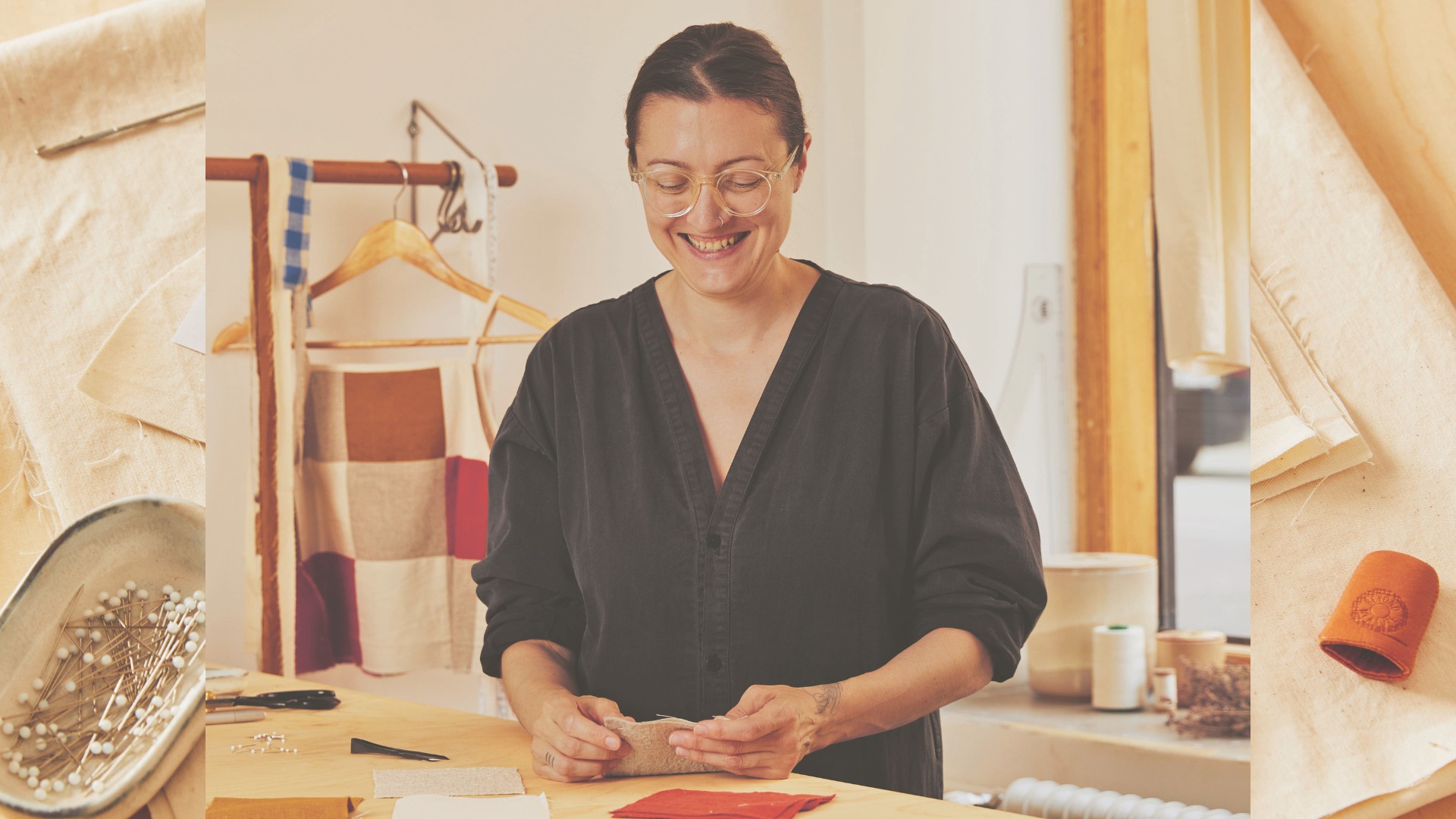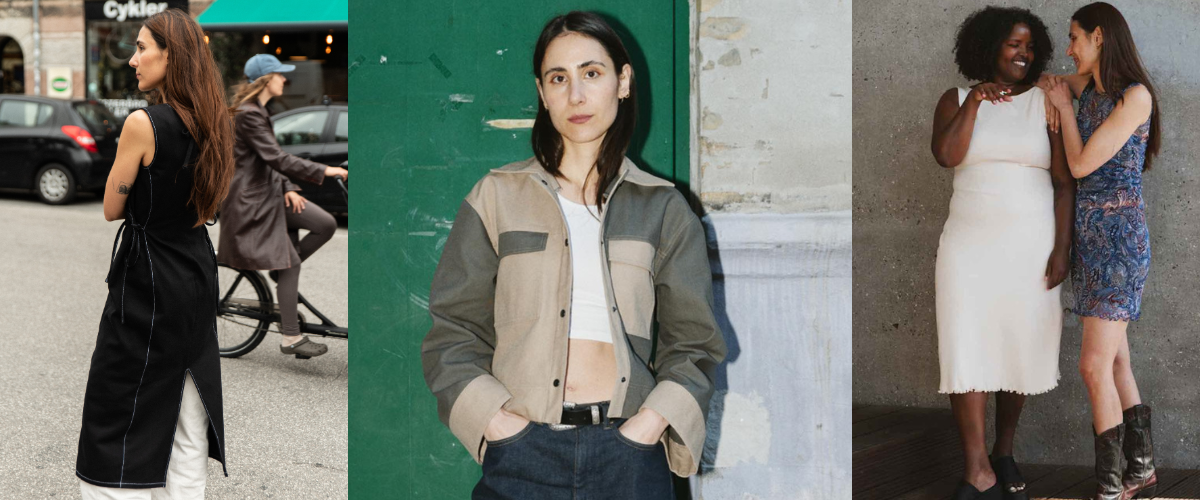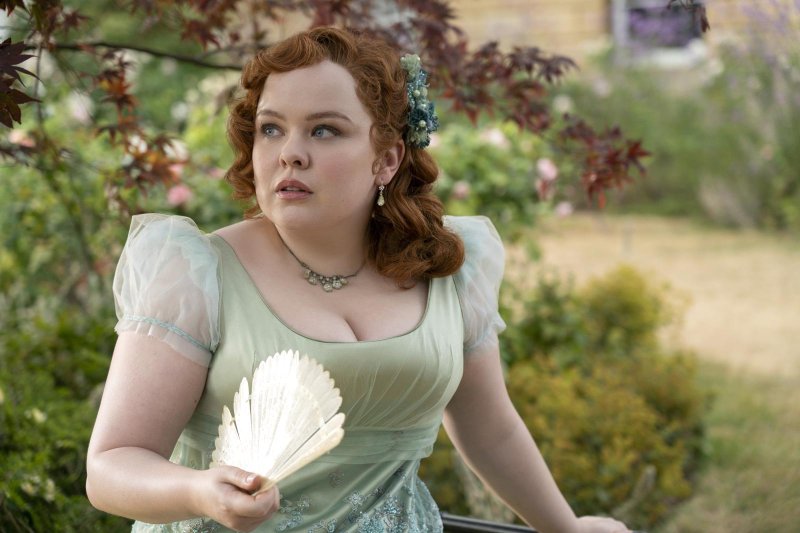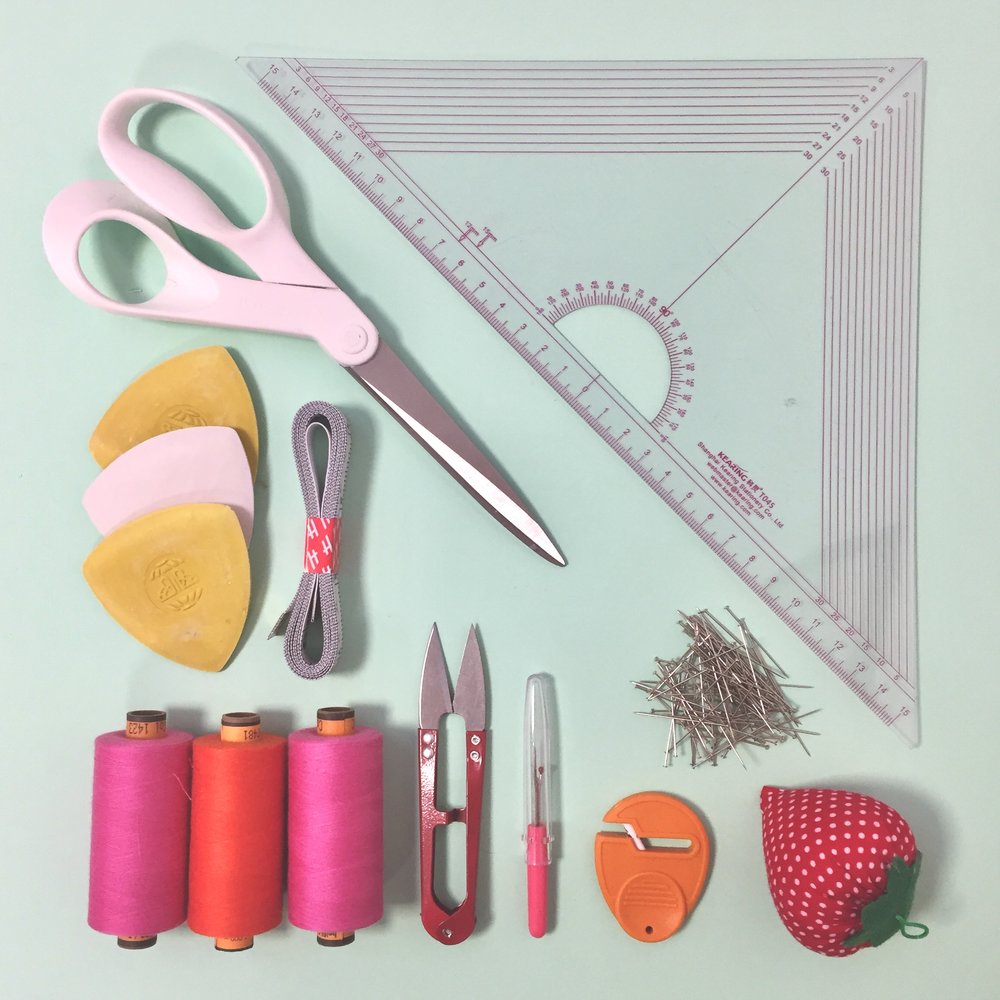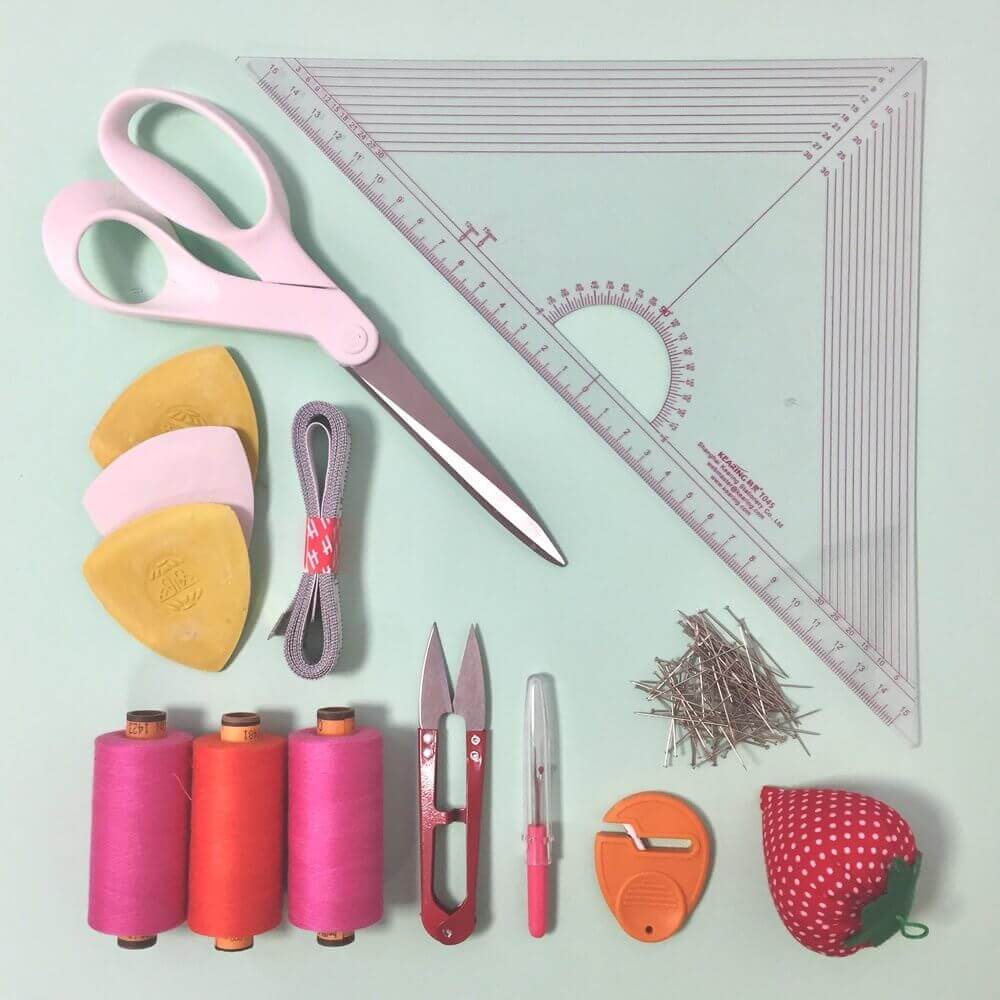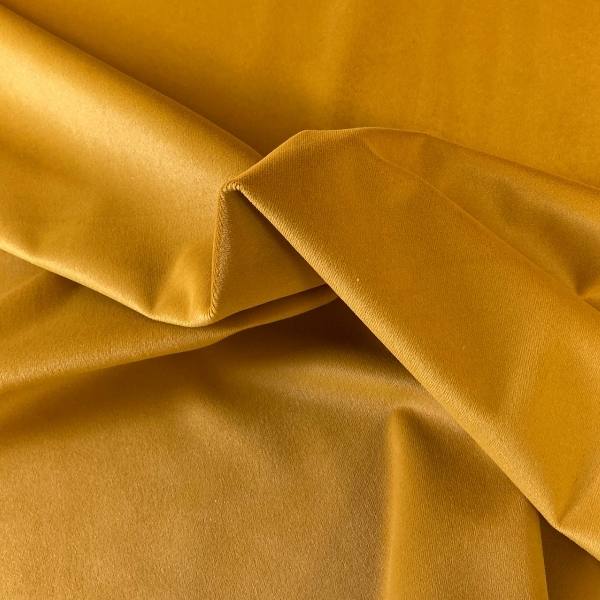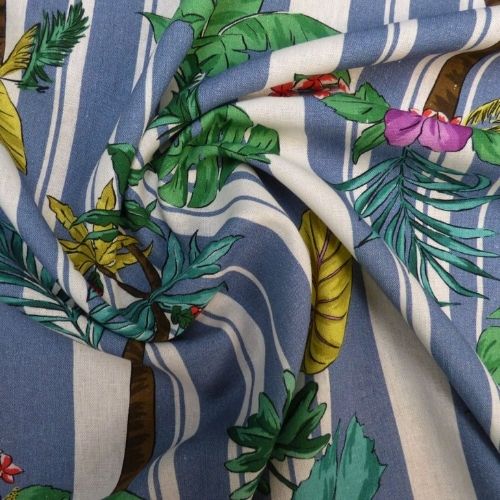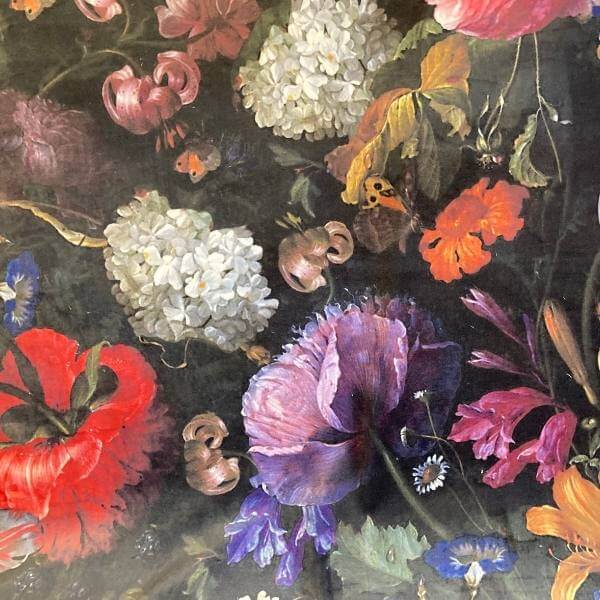One of the obstacles that stops people from learning how to sew is not knowing what supplies they need! This blog post will be very beneficial to beginners, as we explore the essentials needed for your sewing journey. Starting with the absolute essentials, and working our way up to the more unfamiliar supplies.
Before you can plan what sewing patterns and fabric you want to use, you must ensure you have the essentials. Otherwise, you can become swamped with creative ideas with no way to execute them.
The Basics
Pins
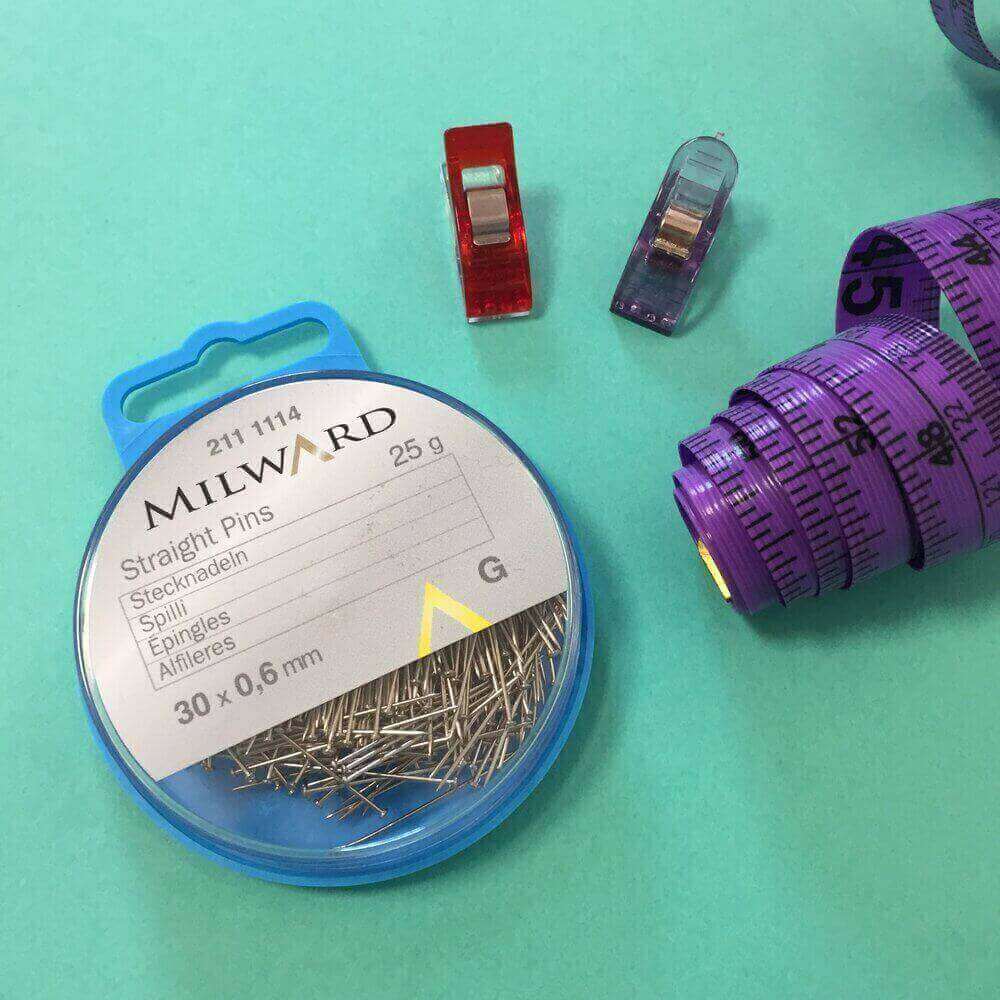
One of the first things that you should purchase for your sewing journey is a good set of pins. There are different types of pins but the decision comes down to personal preference. Types: Button Head Pins, Dressmaking Pins, Heatproof Glass Head Pins (these are particularly good for using when ironing, as you don’t need to worry about them melting when ironing over).
Scissors
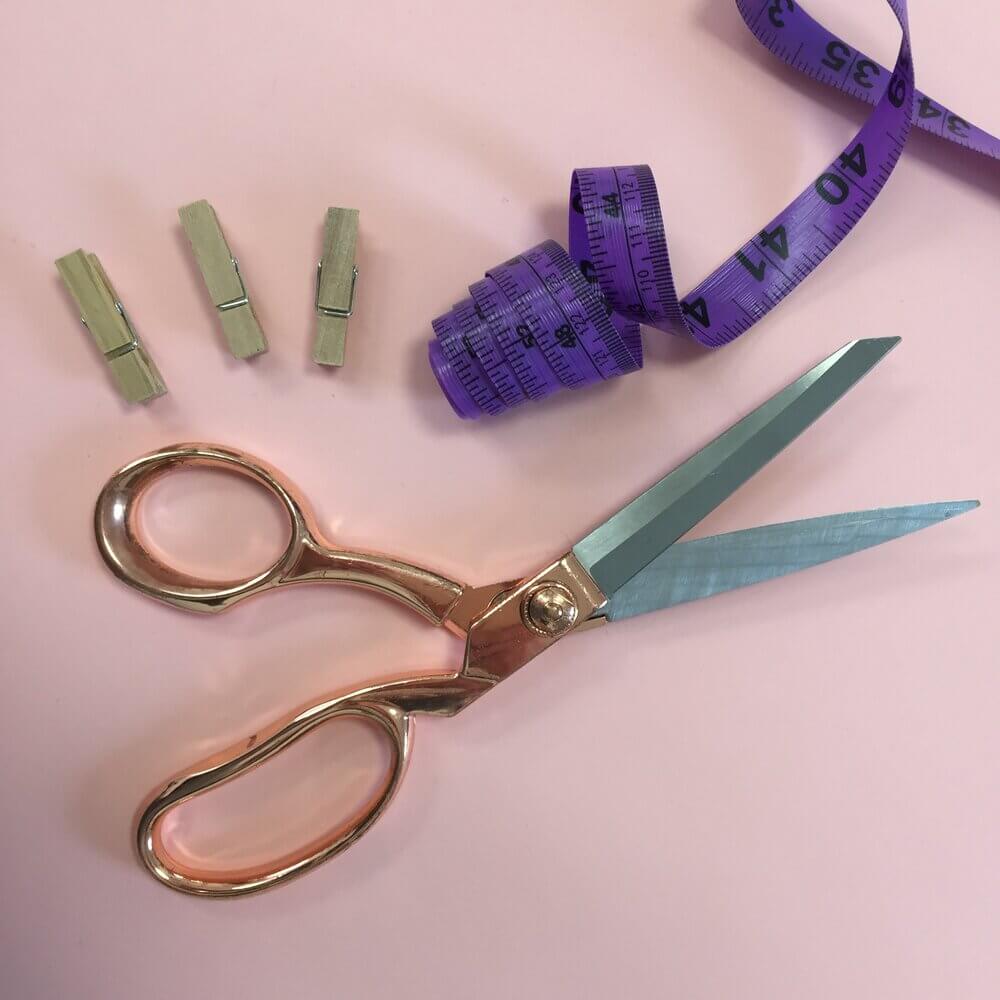
Scissors are another sewing essential. There are two types that you will need: Dressmaking Shears and Embroidery Scissors.
When picking out a pair of Dressmaking Shears, you want to ensure that they are large in size and that the blades are long for cutting out your fabric. Branded scissors can cost up to twice as more than the cheaper ones however, they stay sharp for longer so long as you look after them!
Tip: Only use your scissors for fabric to guarantee that they have a long life. (Use different scissors for cutting out patterns).
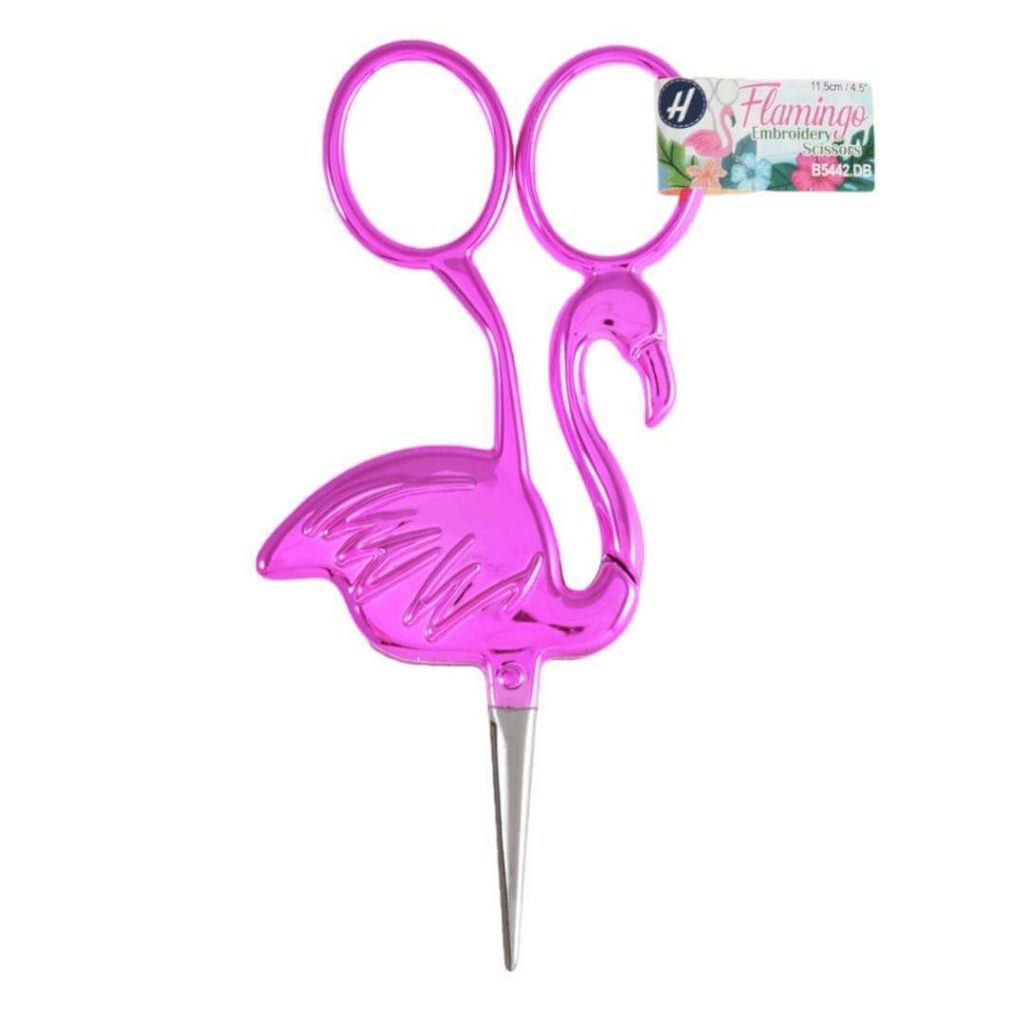
When deciding what kind of embroidery scissors you want, you should check for blades that are fine and come to a sharp point. This ensures for precise cutting when snipping threads, and working on intricate projects or areas.
Rotary Cutter
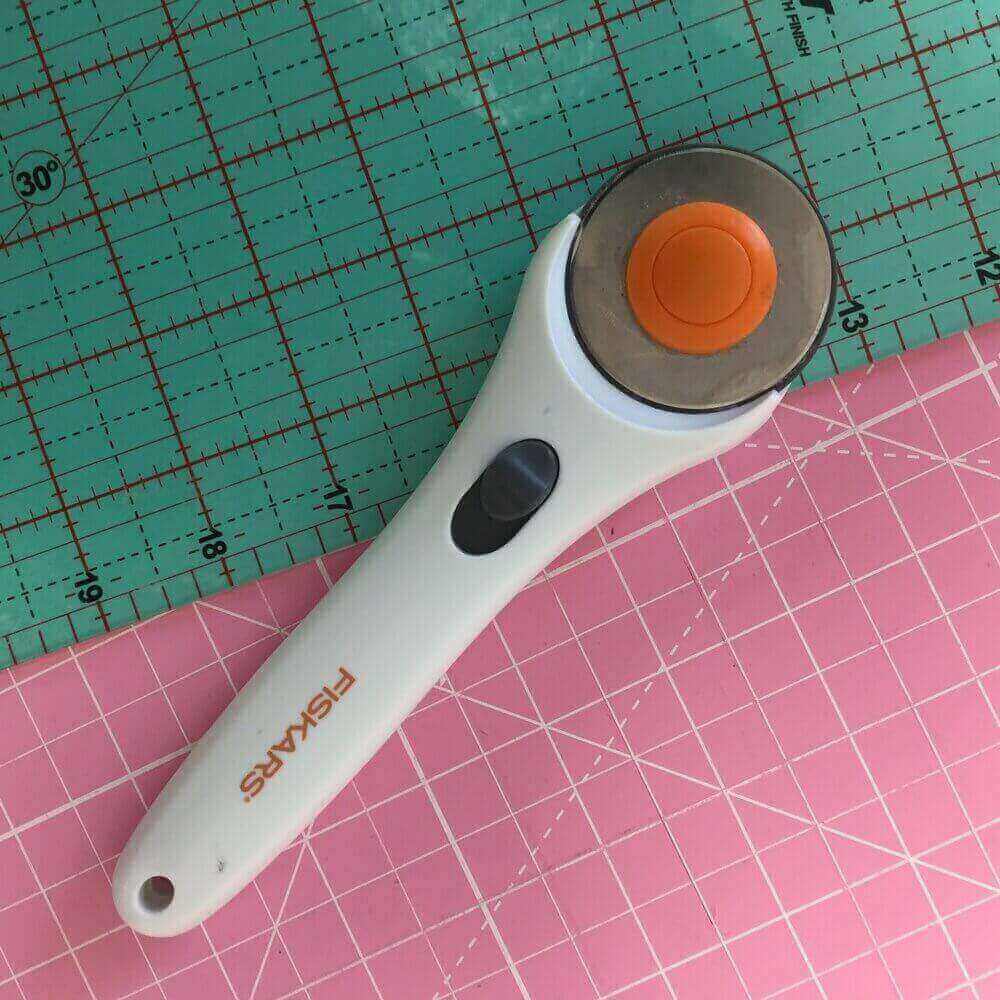
Rotary cutters are more commonly used by quilters, however they are a fabulous addition to your beginner’s sewing kit. They come in very handy when cutting out pattern pieces, they prevent catching and ensures a clean cut every time! (We also have replacement rotary cutter blades in our shop.)
Needles
Needles are, by far, one of the most essential items required for sewing. You need different types of needles for hand sewing, and machine sewing (your machine might come with universal needles). Different types of fabrics require specific needle types – we have listed these below, alongside the fabrics that they match with.
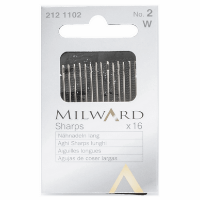
- Universal – used for most light to medium weight fabrics (cottons, linens, polyester etc). Most have a slightly rounded point, and can be used with low stretch fabrics (stretch denim, stretch cord etc).
- Ball Point/Stretch – used for stretch and knitted fabrics (jersey, double knit, lycra, sweat-shirting etc). For very stretchy fabric, use a Stretch needle.
- Embroidery – used for embroidery machines and machine embroidery threads. These prevent the threads from splitting/breaking by ensuring a smooth feed.
- Sharps – used for fabrics such as silk. The sharp point is fitting for tightly woven fabrics (satin, microfibre, Jacquard etc).
- Top Stitch – these have an extra large eye to work with thicker top stitching thread. Ideal for medium to heavy weight fabrics (denim, canvas etc).
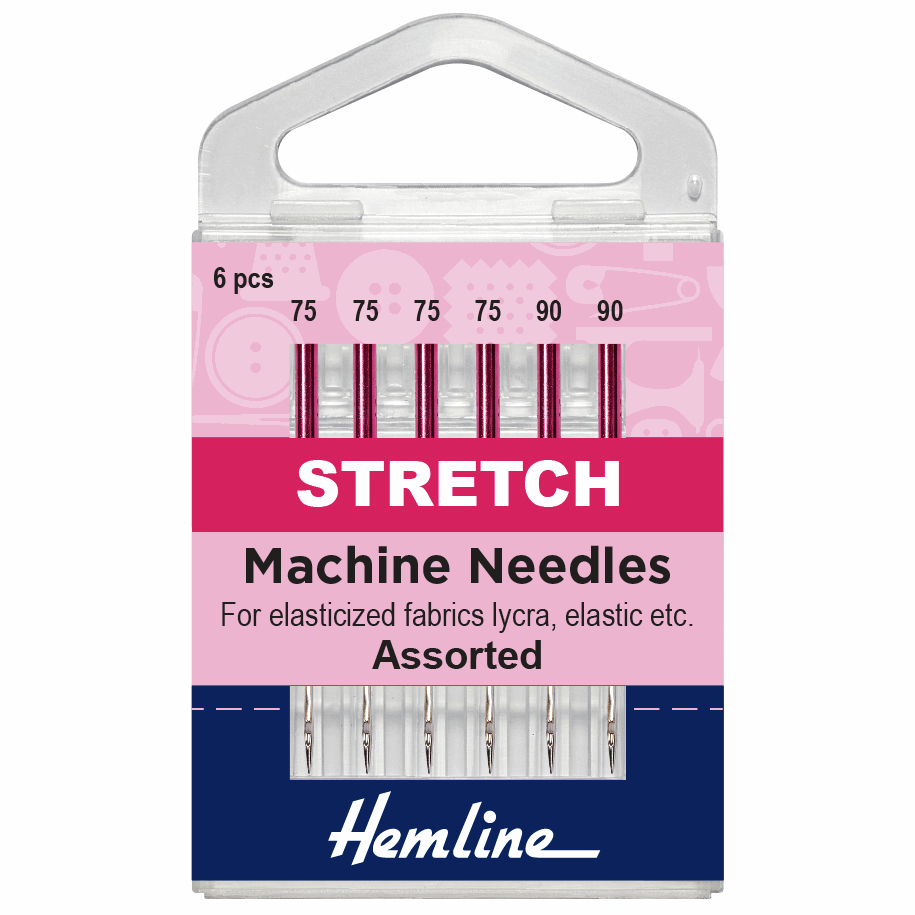
- Quilting – longer and sharper point to be able to pierce through multiple layers of cotton and wadding.
- Leather – a triangular shaped point to assist in penetrating the surface of tough fabrics (leather, faux leather etc)
- Jeans – used for heavy, tightly woven fabrics (denim, canvas etc) and have an extra sharp point for penetrating dense weaves.
- Overlock – used for overlocker machines but you can also use stretch needles as an alternative.
- Twin Needles – these come in different fabric types (similar to Universal needles) but they contain two needles to one shaft. Creating two lines of stitching, alongside a zig-zagging bobbin thread on the other side.
Tape Measure

A tape measure is another essential for sewing, especially dressmaking. It is used to take body measurements, as well as measuring your fabric and pattern pieces. It is also used in other areas, for example quilting. A flexible one is the best choice to ensure flexibility around curves.
Marker
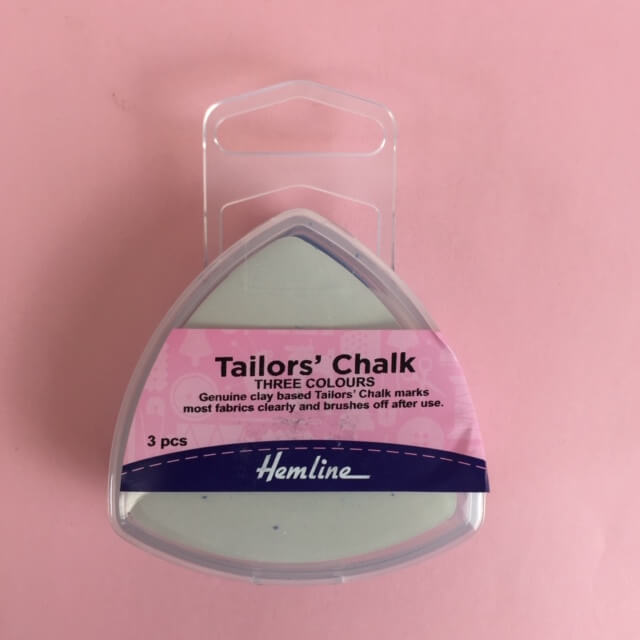
A marker is needed to be able to mark out any markings within the pattern. Chalk is the more traditional marker for sewing, they can come in pencil form, but you can also use whichever type of marker you prefer. There is a more modern version that is vanishing markers, or chalk pens (which are refillable).
Sewing Gauge
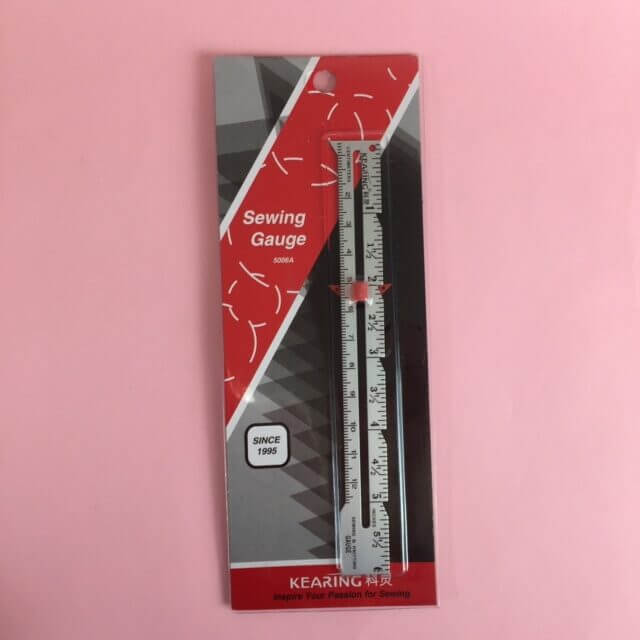
A sewing gauge is definitely an essential part of your sewing kit. You would use a sewing gauge for measuring hems, buttonholes, pleats and so much more. Use to take small measurements to maintain accuracy for a wonderful finish.
Sewing Machine
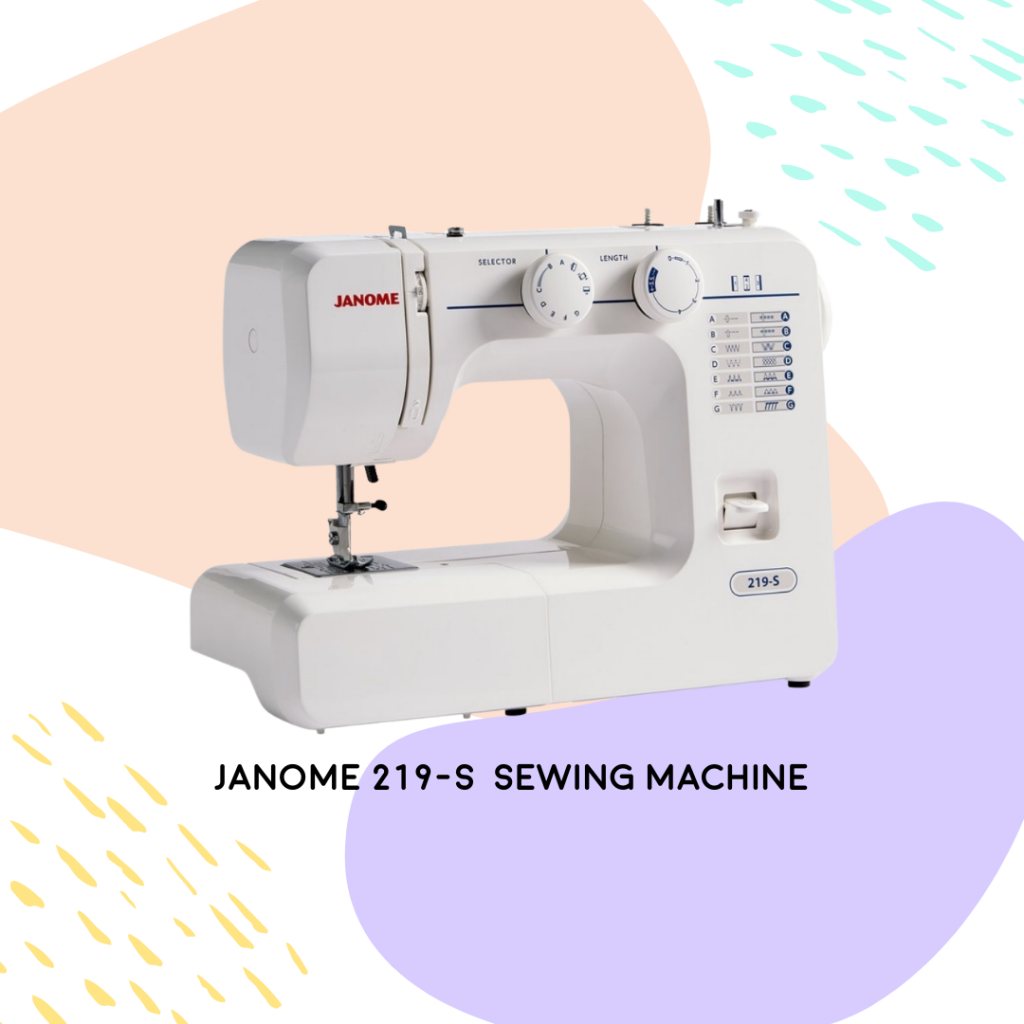
A sewing machine is, of course, a very essential item for your sewing kit! Janome’s 219-S Sewing Machine is their “entry level machine”. This is a great machine for starting your sewing journey as it has some great features, and it is also good for those on a budget as its on the less expensive side. This can also be a great machine for younger sewer enthusiasts, just be sure to purchase a finger guard first!
Once you become used to using a machine and want a machine with more features, you may want to consider buying an upgrade. A Janome 725S or an Elna 340 are both recommended for beginners who are sure that they want to continue with sewing and expand on their knowledge. The Elna 340 is the machine that we use in our sewing classes, it is highly recommended!
(All Janome machines come with a 2 Year Guarantee.)
Cutting Mat
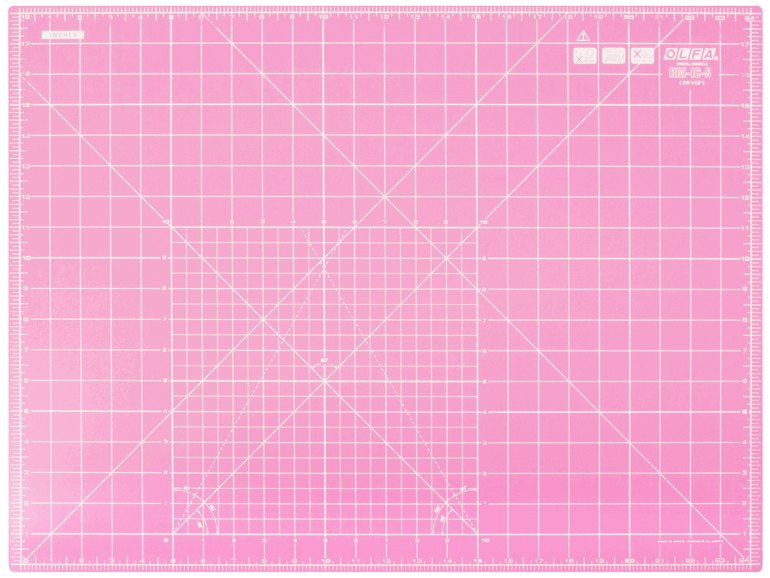
A cutting mat is a great item to have, not only does it protect your worktop surfaces, but it also protects your rotary blades. The mat’s grid lines are designed for easy measuring and accurate cutting of straight lines and precise angles.
A bonus is this mat is also double sided – inch and centimetres!
Pinking Shears
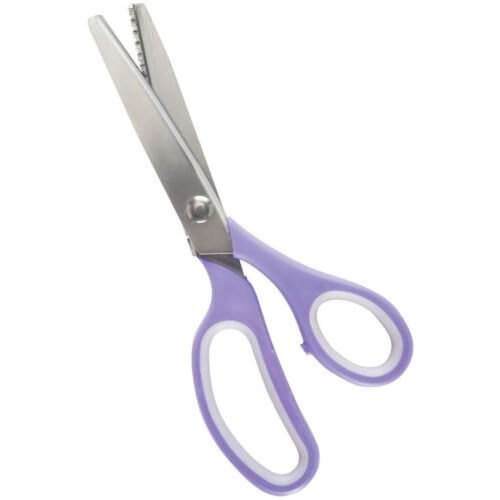
When working with cotton and delicate fabrics, the edges of seams may fray. They can often fray to the extent that the seam becomes open. This is where pinking shears come in handy. Using pinking shears to trim the seam allowance, alongside Fray Check can prevent the ‘stressed’ seams from fraying completely.
Fray Check
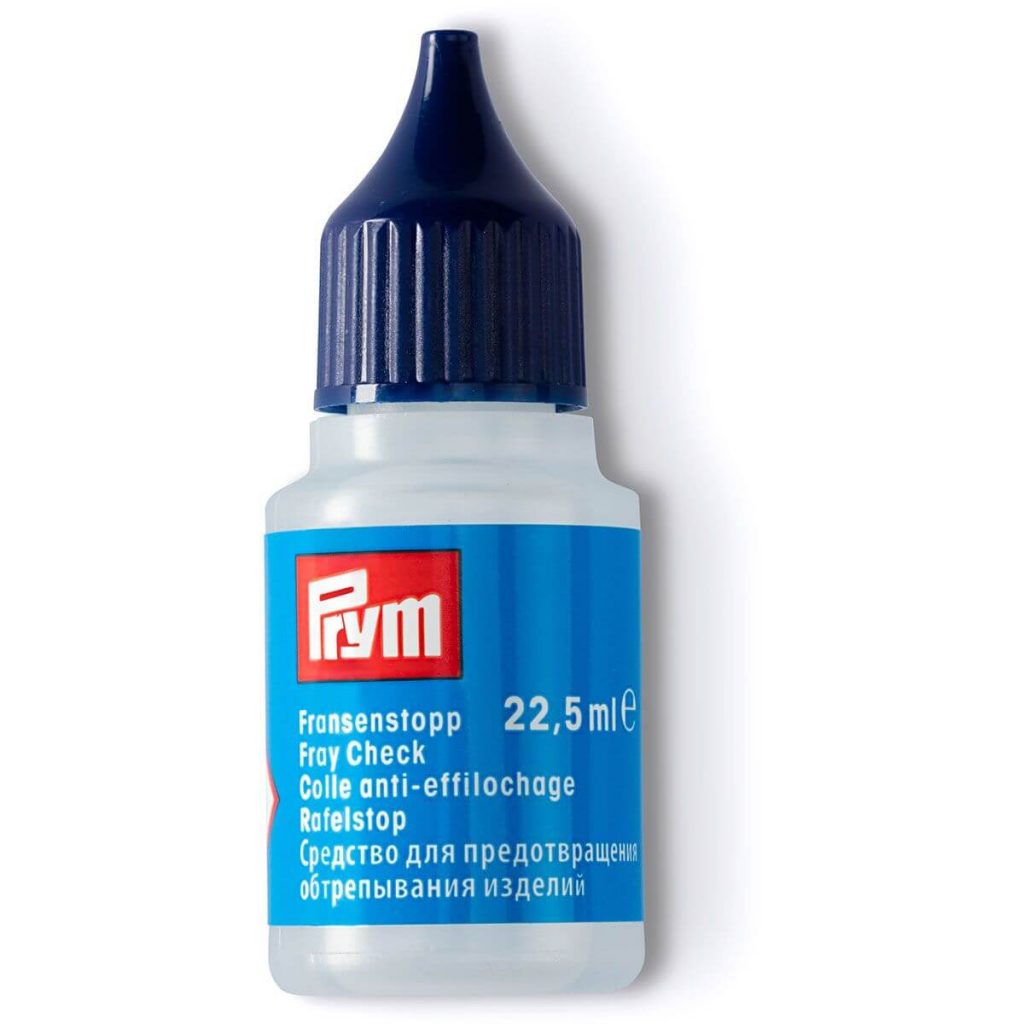
Fray Check is a clear liquid that strengthens stressed seams that are prone to fraying by reinforcing the fibres. Applying it to curves allows you to cut and turn without the seams and edges fraying. After a few washes it can loose its reinforcement, however you can reapply when needed.
Set Square
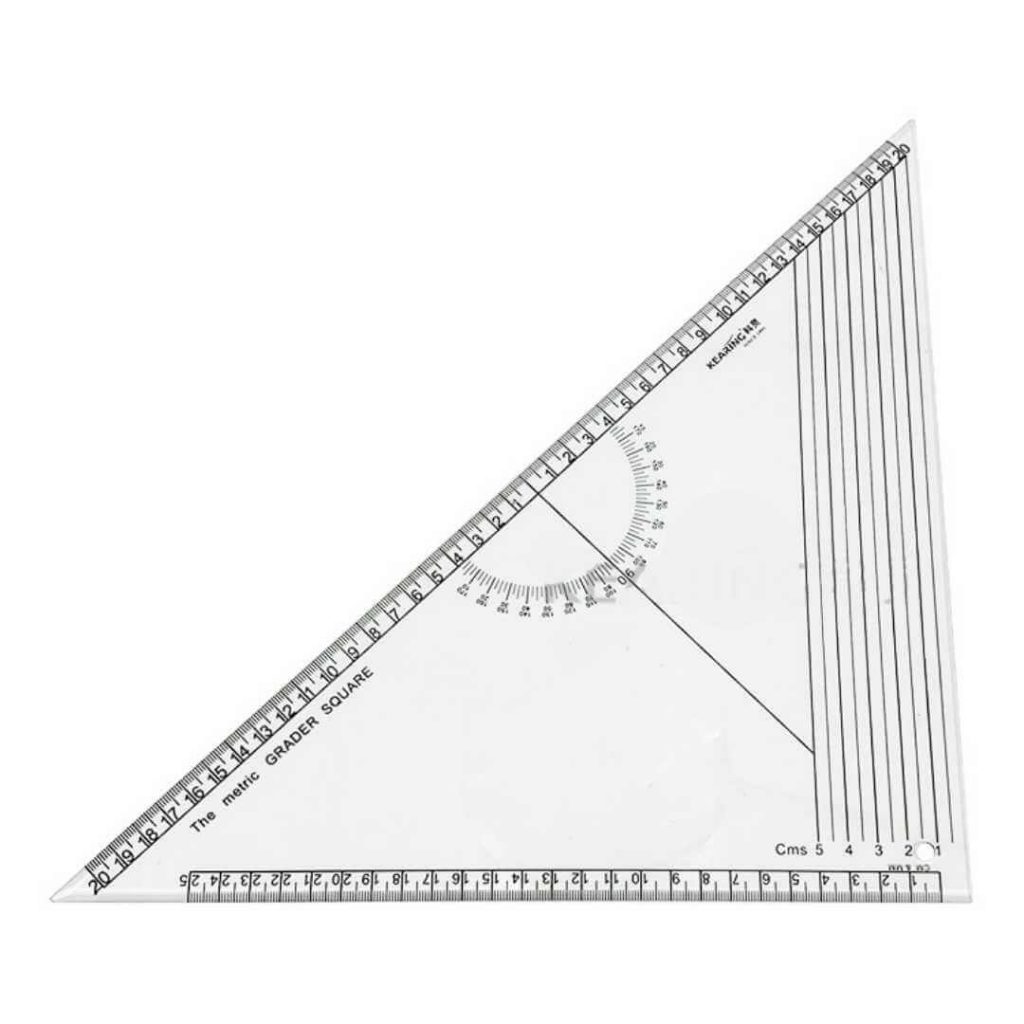
Set squares are an essential tool for pattern-cutting. It allows you to use right angles, bias angles, a straight edge, grading lines and accurate markings. Perfect for drafting up your own patterns too! Also used for drawing geometric shapes such as squares, and rectangles. Without one you’ll never be able to create a perfectly crisp square.
Threads

Threads are, obviously, one of the most essential materials in sewing. The colour of thread is dependent on the sewing project, as well as the fabric colour/pattern chosen. It’s always a good idea to choose a thread that matches your fabric so that your stitching doesn’t stand out, or overpower your overall project.
Fabrics
There are a large variety of fabrics to consider, and again it is dependent on what you are planning on making. Fabrics such as cotton lawn, shirting, chambray, linen, ponte (ponte knit), lyocell (tencel) and scuba knit, are considered to be “forgiving” fabrics as they are easier for beginners to work with. We offer a Beginners Fabric Kit in our shop. This includes enough fabric, zips, bias binding, buttons etc for 6 projects. These are made mainly for our online beginners class, however it can be purchased and used for any project you desire!
Other news
Meet the Maker: Birgitta Helmersson
Get to know the zero waste master a bit better with us! Birgitta Helmersson is a Swedish-Australian designer currently based […]
PUFF AND PENCIL AT SEW CONFIDENT
Fashion forward Scandi styling- say hello to PDF patterns by Puff and Pencil! Grab your cuppa and settle in, ’cause […]
LIBERTY FABRICS X BRIDGERTON COLLECTION
IN OUR REGENCY ERA Hello Sew Confident sewists! Ready to be swept off your feet and into a world of […]

